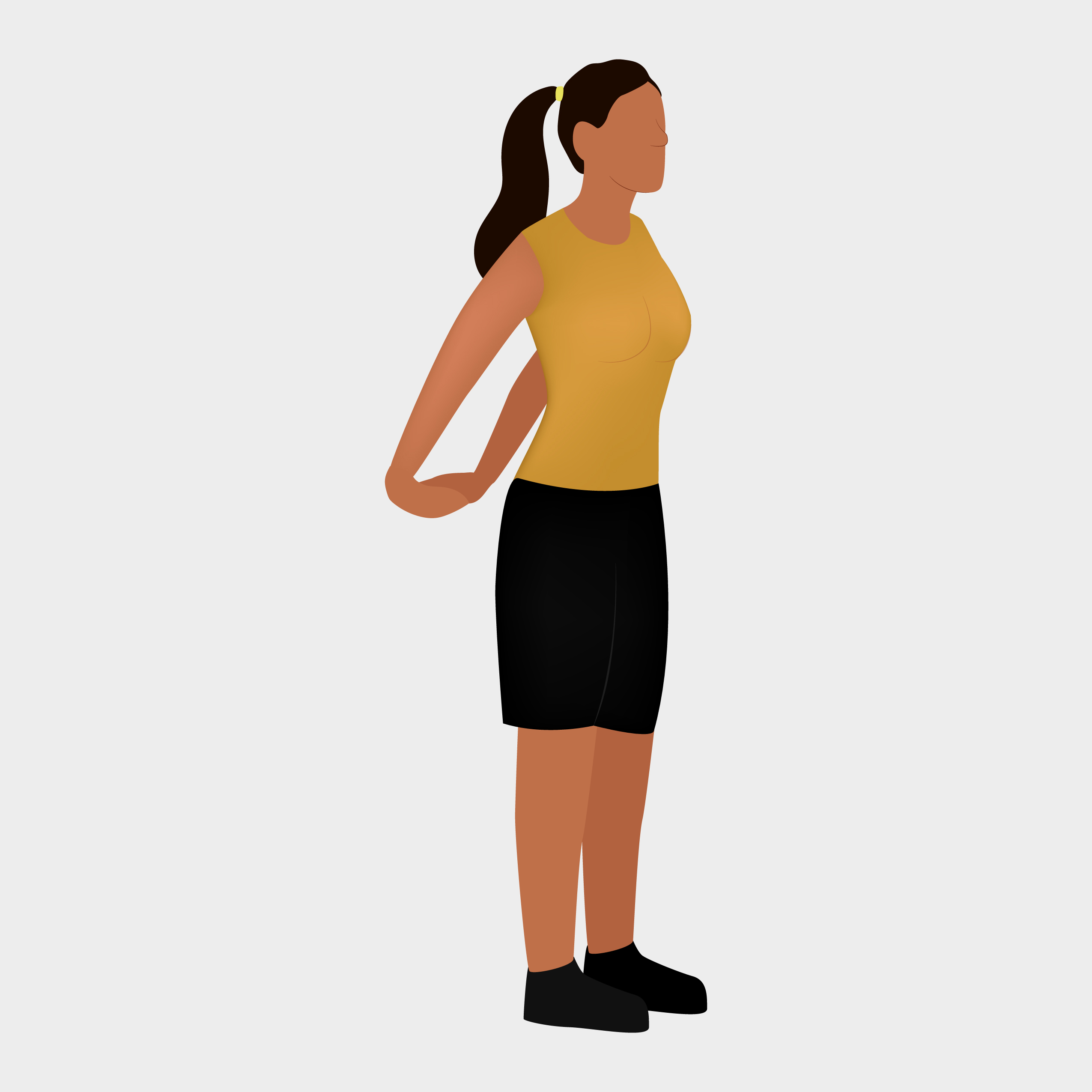Enhancing Recovery, Flexibility, and Overall Fitness.
Engaging in physical activity can invigorate the body and mind, but what follows after a workout is equally vital to your fitness journey: stretching. While often overlooked or rushed, post-workout stretching plays an integral role in recovery, preventing injury, and improving overall performance. From reducing muscle soreness to aiding in relaxation, stretching after physical activity has benefits that extend far beyond the gym.
Why Stretching Post-Workout Matters
1. Reduces Muscle Soreness
Stretching after a workout helps in alleviating delayed onset muscle soreness (DOMS), which typically sets in 24 to 48 hours after intense exercise. When you stretch, you increase blood circulation to the muscles, delivering oxygen and nutrients that facilitate repair and recovery. This improved blood flow helps flush out lactic acid and other metabolic waste products that accumulate during exercise, reducing the severity of soreness.
2. Improves Flexibility
Flexibility is an often-underrated component of fitness that affects everything from athletic performance to daily movement. Post-workout stretching helps maintain and even enhance your range of motion by encouraging elongation of muscle fibers while they are still warm. Over time, consistent stretching can lead to improved flexibility, which supports better posture, balance, and movement efficiency.
3. Prevents Injuries
Regular stretching post-workout can help prevent injuries by addressing muscle tightness. Tight muscles are more prone to strains and tears, particularly during high-intensity activities. Stretching helps maintain the elasticity of muscle tissues, ensuring that they are supple and better prepared to handle physical demands during your next workout session.
4. Promotes Relaxation
Workouts elevate adrenaline and heart rate, leaving your body in a heightened state of energy. Stretching serves as a bridge between this active phase and relaxation. Gentle, focused stretches signal to your body that it’s transitioning to recovery, helping to lower heart rate and cortisol levels. Many people find that post-workout stretching doubles as a form of mindfulness that reduces stress and clears the mind.
Types of Stretches to Incorporate Post-Workout
Not all stretches are created equal, and it’s important to choose the right types of stretches for the post-workout phase. Dynamic stretches, typically used as part of a warm-up, are not ideal after exercise. Instead, static stretching and certain yoga-inspired movements are recommended.
1. Static Stretching
Static stretching involves holding a stretch in one position for a prolonged period, usually 15 to 30 seconds. This allows the targeted muscle to relax and lengthen gradually. Common post-workout static stretches include:
- Hamstring stretch: Sit on the ground with one leg extended and the other bent, then reach for your toes.
- Quadriceps stretch: Stand on one leg and pull the opposite foot toward your glutes.
- Shoulder stretch: Bring one arm across your body and use the opposite hand to hold it in place.
2. Yoga-Inspired Movements
Certain yoga poses function as excellent post-workout stretches, providing deeper muscle elongation and relaxation. Poses like the child’s pose, downward dog, and pigeon pose target multiple muscle groups while promoting a sense of calm.
Incorporating Stretching into Your Routine
Making stretching an integral part of your post-workout routine doesn’t require a significant time investment. Even dedicating 5 to 10 minutes can yield noticeable benefits. Here’s how to seamlessly include stretching in your regimen:
- Be consistent: Stretch after every workout, no matter how short or light the session.
- Focus on major muscle groups: Prioritise stretches that target areas most engaged during your workout.
- Listen to your body: Stretch to the point of slight discomfort, not pain. Overstretching can lead to injury.
- Combine with breathing exercises: Deep breathing during stretches enhances relaxation and increases oxygen flow to the muscles.
Common Myths About Stretching Post-Workout
Despite its benefits, misconceptions about post-workout stretching abound. Let’s debunk a few:
1. “Stretching isn’t necessary if you’ve cooled down.”
While a cooldown helps gradually lower your heart rate, it doesn’t address the tightness or imbalances in your muscles. Stretching complements the cooldown by focusing on muscle recovery and flexibility.
2. “Stretching makes you weaker.”
This myth stems from studies on pre-workout static stretching, which may temporarily reduce muscle power. Post-workout stretching, however, is performed when the workout is complete and focuses on recovery, so it has no negative impact on strength.
3. “You need to stretch for a long time to see results.”
Even short sessions of stretching have cumulative benefits. A few minutes of targeted stretches after each workout can lead to significant improvements in flexibility and recovery over time.
The Long-Term Benefits of Post-Workout Stretching
The advantages of stretching extend far beyond immediate recovery. Regular practice contributes to long-term fitness, mobility, and overall well-being. Here’s what you can expect with consistent post-workout stretching:
- Enhanced athletic performance: Improved flexibility and reduced muscle tightness allow for more efficient, powerful movements.
- Better posture: Stretching helps correct muscular imbalances, reducing strain on the spine and improving your posture.
- Reduced risk of chronic pain: Addressing tight muscles can prevent issues like lower back pain and tension headaches.
Conclusion
Stretching post-workout may seem like an optional step, but its benefits for recovery, injury prevention, and overall fitness make it an essential part of any exercise routine. By dedicating a few minutes to targeted stretches, you can enhance your physical health, reduce soreness, and promote relaxation, making your fitness journey more effective and enjoyable. Remember, the effort you put into stretching today will pay dividends in strength, flexibility, and well-being for years to come.
If you liked this post, have a look at some others by clicking here:
https://www.molyfit.co.uk/listen-to-your-body-preventing-future-chronic-pain/
https://www.molyfit.co.uk/why-strength-and-flexibility-are-so-important-in-later-life/

